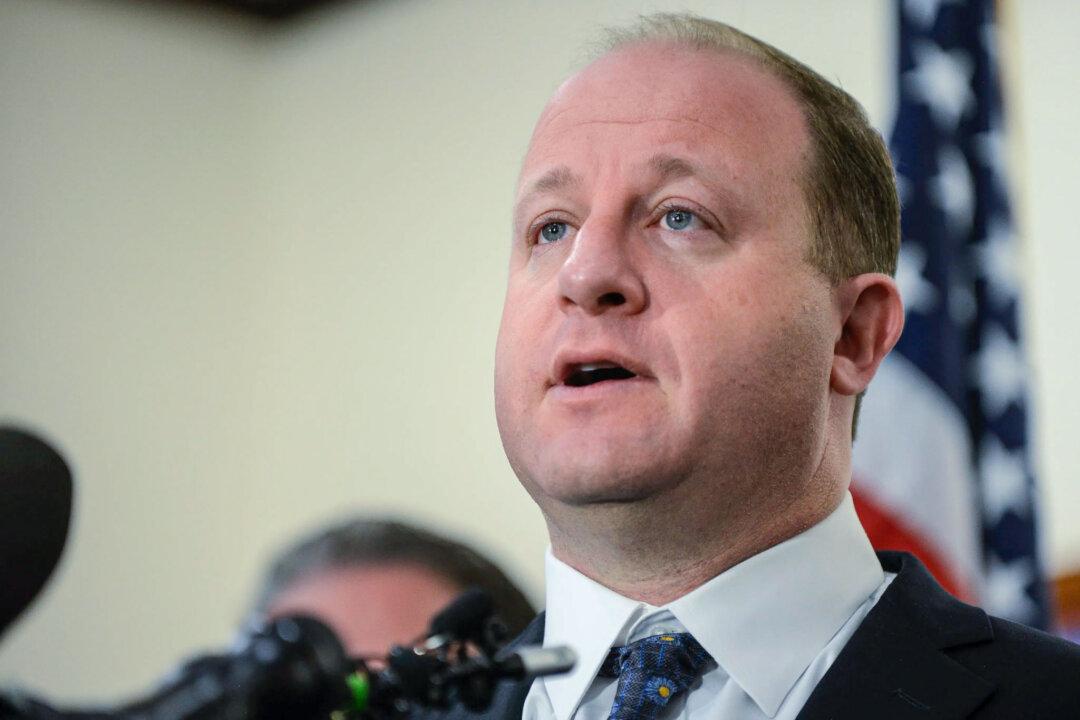A federal judge last week said that the Democratic Party is close to controlling the press as he detailed what he described as shocking bias against Republicans.
D.C. Circuit Court Judge Laurence Silberman outlined his opposition to the Supreme Court’s key decision in 1964 in New York Times v. Sullivan, which has since protected many media outlets from lawsuits.
“The increased power of the press is so dangerous today because we are very close to one-party control of these institutions. Our court was once concerned about the institutional consolidation of the press leading to a ‘bland and homogenous’ marketplace of ideas. It turns out that ideological consolidation of the press (helped along by economic consolidation) is the far greater threat,” he said.
“Although the bias against the Republican Party—not just controversial individuals—is rather shocking today, this is not new; it is a long-term, secular trend going back at least to the ’70s. (I do not mean to defend or criticize the behavior of any particular politician). Two of the three most influential papers (at least historically), The New York Times and The Washington Post, are virtually Democratic Party broadsheets. And the news section of The Wall Street Journal leans in the same direction.
“The orientation of these three papers is followed by The Associated Press and most large papers across the country (such as the Los Angeles Times, Miami Herald, and Boston Globe). Nearly all television—network and cable—is a Democratic Party trumpet. Even the government-supported National Public Radio follows along.”
The news outlets mentioned didn’t immediately return requests for comment.
The judge also expressed concern about the influence that Big Tech wields over how news is distributed, referencing how Twitter limited the spread of a New York Post article about President Joe Biden’s son Hunter Biden.
Silberman added that there are few notable exceptions to the outlets he mentioned: Fox News, The New York Post, and the Journal’s editorial page.
“It should be sobering for those concerned about news bias that these institutions are controlled by a single man and his son. Will a lone holdout remain in what is otherwise a frighteningly orthodox media culture? After all, there are serious efforts to muzzle Fox News. And although upstart (mainly online) conservative networks have emerged in recent years, their visibility has been decidedly curtailed by Social Media, either by direct bans or content-based censorship,” he wrote.
The uniformity of news bias has a political impact, the judge said, pointing to author Tim Groseclose’s 2011 book “Left Turn.”
The George Mason University professor said in his book that he found that the way outlets report more favorably on Democrats aids the party’s candidates by 8 to 10 percent in a typical election.
Silberman was writing a partial dissent in the case of Liberian government officials Christiana Tah and Randolph McClain versus Global Witness Publishing, an organization that investigates human rights abuses.
“It should be borne in mind that the first step taken by any potential authoritarian or dictatorial regime is to gain control of communications, particularly the delivery of news. It is fair to conclude, therefore, that one-party control of the press and media is a threat to a viable democracy. It may even give rise to countervailing extremism,” Silberman said.
“The First Amendment guarantees a free press to foster a vibrant trade in ideas. But a biased press can distort the marketplace. And when the media has proven its willingness—if not eagerness—to so distort, it is a profound mistake to stand by unjustified legal rules that serve only to enhance the press’ power.”





